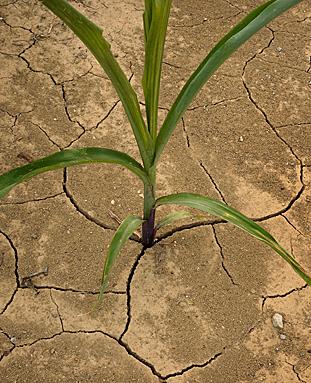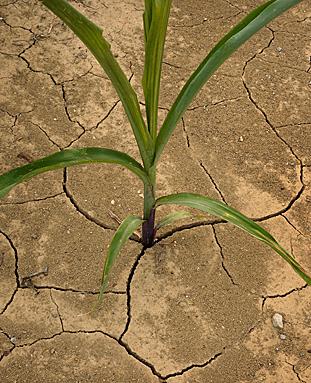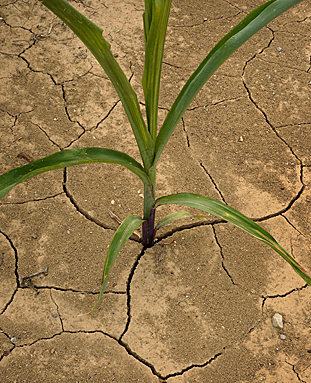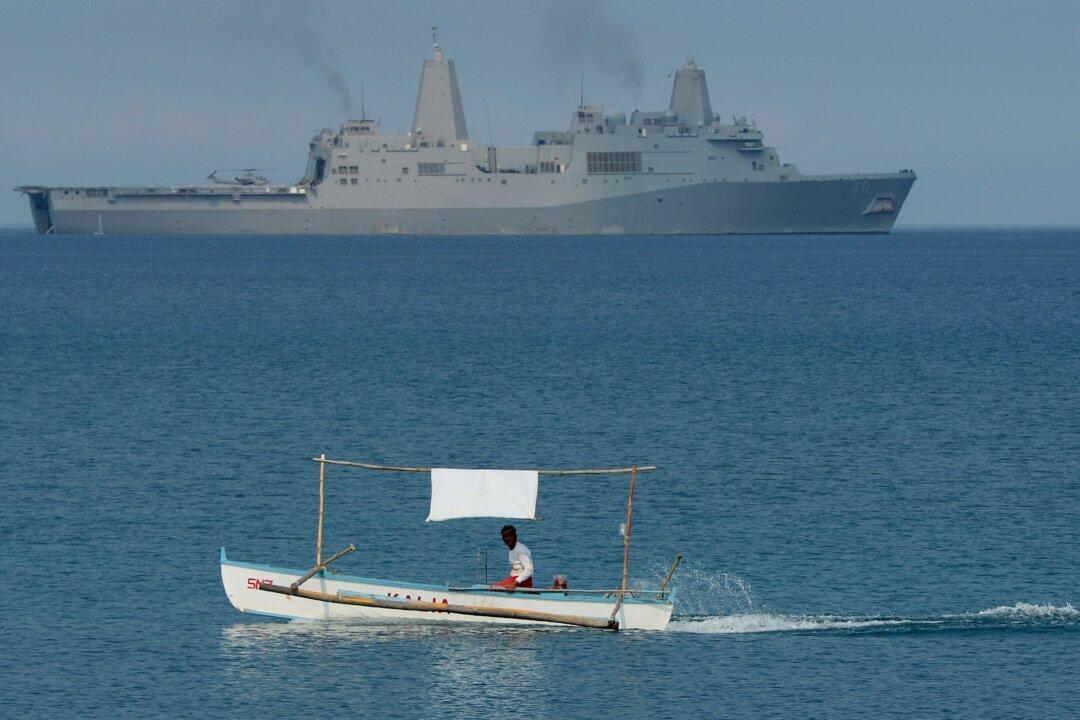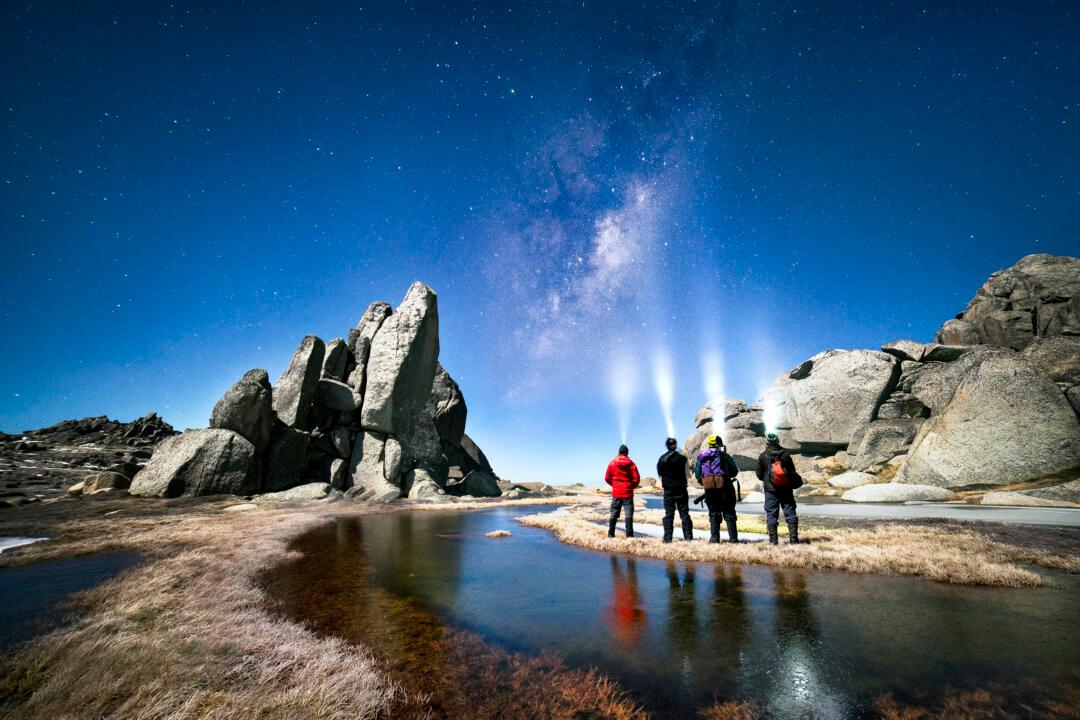WASHINGTON—Widespread drought conditions around America are highlighting critical water challenges for the United States, but a complex of other water issues are compounding the problem.
In Alaska, where fresh water should be plentiful, one-third of the rural population remains without basic water needs, including safe drinking water and flushing toilets.
“Too many haul their waste in a bucket down to the lagoon or they have a honey wagon that comes around,” said Sen. Lisa Murkowski (R-Alaska). “It is an area ripe for disease.”
In Montana, the Chippewa Cree tribe had a win in 1999 when President Clinton signed an act allocating their Rocky Boy’s Reservation “10,000 acre feet” of water from nearby Tiber Reservoir. The law did not, however, include treatment or delivery of the water.
After 13 years, the Rocky Boy’s community still has “no assurances when you turn the water on in your house that water will, in fact, come out of the tap—or that it will be safe to drink,” says reservation Chairman Bruce SunChild Sr.
Murkowski and SunChild were speaking at a Senate Energy and Natural Resources Committee hearing on a rural water projects bill, S. 3385, introduced by Montana Democrat Sen. Max Baucus.
The bill would approve designated funds for a backlog of rural construction projects specific to domestic water supplies.
“All of these projects have previously been studied and approved by the Congress,” said committee Chairman Sen. Jeff Bingaman (D-N.M.)
“The ongoing drought in many parts of the West underscores the importance of rural water supply projects, such as the ones that would be covered by this bill,” he added.
SunChild described the high incidence of serious stomach infections as a result of flooded sewage systems and unsanitary conditions in his community. He also highlighted the economic impact of poor water supply on the resource-poor reservation.
“No business is going to locate on an Indian reservation if they cannot be assured of good drinking water,” he said.
Infrastructure Challenges
Infrastructure demands in the United States pose a challenge across the board, from aging bridges to inadequate seaports, but water infrastructure is particularly challenging.
“No other infrastructure category presents the United States with greater challenges to future growth and regional prosperity than water,” writes author and researcher Jonathan Miller, on the Urban Land Institute’s website.
He lists old pipes, population growth in unsustainable areas, contamination threats, and failure to conserve as major problems.
Troy Larsen, a director at the Lewis & Clark Regional Water System, highlighted challenges facing water infrastructure projects already in the pipeline.
When finished, the Lewis & Clark water system will provide potable water to over 300,000 people in 15 communities and five rural water systems across southeast South Dakota, northwest Iowa, and southwest Minnesota, according to the organization’s website.
The project is 65 percent complete, with 11 out of the 20 communities serviced. But the remaining nine communities are reliant on federal funding. Presently that would “not even cover inflation, let alone make any meaningful construction progress,” Larsen told the hearing.
Larsen expressed fear that with inflation, the project might never be completed. “Even if Lewis & Clark receives $10 million a year, our engineers estimate the project would not be completed until 2050,” he said.
Gayla Brumfield, chairwoman of the Eastern New Mexico Water Utility Authority, spoke with more urgency.
“We are caught in a race against the failing Ogallala Aquifer and the time it will take for the federal government to meet its commitment,” she said.
According to Brumfield, the Ogallala Aquifer is “declining in double-digit percentages every year.”
The S. 3385 bill will mandate $80 million annually toward rural water projects, with funds redirected from the 1902 Reclamation Fund, set up specifically to fund water projects in the West, Bingaman said in a statement.
When project costs and inflation are taken into account, the $80 million “would reduce the total federal appropriations needed to complete the projects by more than $1 billion,” he said.
The Epoch Times publishes in 35 countries and in 19 languages. Subscribe to our e-newsletter.
